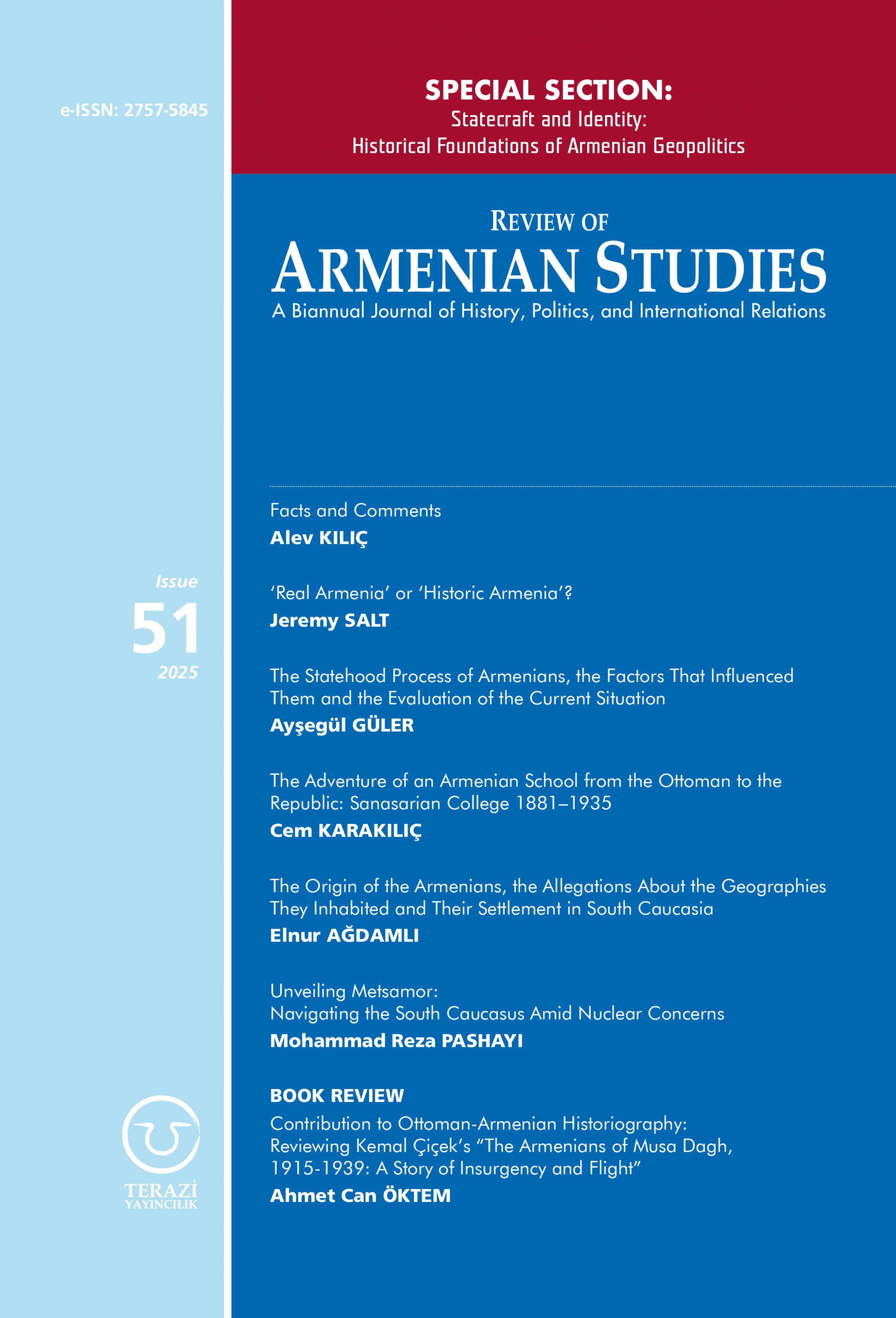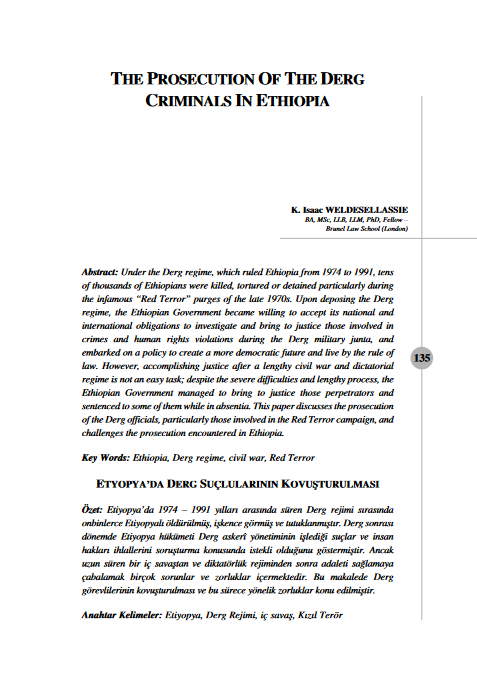Oil Price, 10 Nov 2016
As lifting of sanctions on Iran boosted the influx of Iranian crude into international oil markets, some analysts and industry experts reckon that Iran and Russia are likely to be forced to compete with each other for market share in European and Asian markets, especially in the wake of growing tensions between Russia and Europe. However, a number of developments in Moscow-Tehran relations, point to the countries’ pursuit of a collaboration strategy rather than direct competition in the oil and gas industry and in the energy sector on the whole.
After the former saw its sanctions removed, Iran and Russia have demonstrated a distinct effort in tightening their cooperation in energy, industrial and infrastructure projects and investment. In July 2016, Russia and Iran signed a new strategic five year plan that encompassed thirteen agreements that focused on energy, construction and trade. It appears as if Russia has been given a priority position for investment: a $1 billion offshore rig contract was awarded to a Russian firm; 1 billion Euros of a total 2.2 billion Euro loan plan will be allocated by Russia towards construction of a power plant in Iran, and the construction of a new transport rail system called the North-South Transport Corridor (N.S.T.C.) connecting India, Iran and Russia via Azerbaijan is also to be co-financed by Russia.
Russia is also a preferred partner in helping Iran with expanding Iran’s nuclear power generation capacity.
To be able to increase its oil output significantly, Iran needs to replace its outdated oil equipment and infrastructure, which requires large foreign investments worth billions of U.S. dollars. A big chunk of investments is expected to come from developing fifty Iranian greenfield and brownfield oil and gas projects offered to international bidders under production-sharing agreements as described by the Iran Petroleum Contract; whereas the results of the bidding are expected to be announced in the beginning of December. Among Russian companies participating in the biddings are LUKoil, GazpromNeft, Gazprom International, Zarubezhneft and Tatneft.
Lukoil and Gazprom have already been shortlisted for a number of projects in Iran’s oil and gas industry.
Lukoil has completed the technical evaluation of the fields Ab Teymour and Mansouri, and as Lukoil’s President Vagit Alekperov discussed the development of the two oilfields in meetings with Oil Minister Bijan Namdar Zanganeh and NIOC Managing Director Ali Kardor during his visit to Iran in September, he announced to the media that a study on the type of investment is now underway.
While confirming studies on new model of Iranian oil contracts, he also pointed out that contractual exigencies for extent and volume of oil fields to be developed were at the stage of being elaborated.
"We are in active dialogue. We have an agreement, in terms of which we are working on exploration of the Persian Gulf shelf and a number of provinces," stated the President
Russia’s leading gas company Gazprom and its oil industry offshoot – GazpromNeft – are also at the stage of working out several agreements on developing Iran’s oil and gas projects. When Russian ambassador to Tehran Levon Dzhagaryan visited Tehran in August, he confirmed the same.
“Memorandums between Gazprom and the National Iranian Oil Company, as well as between GazpromNeft and the National Iranian Oil Company on the development of oil and gas fields are at the stage of being agreed,” ambassador was quoted telling the press.
Earlier this year Gazprom submitted a formal request to become a partner of the NIOC in the construction of the country’s first natural gas liquefaction plant.
No comments yet.
- RUSSIA MAY BE ODD HAVEN IN TRUMP ERA Asia - Pacific 11.11.2016
-
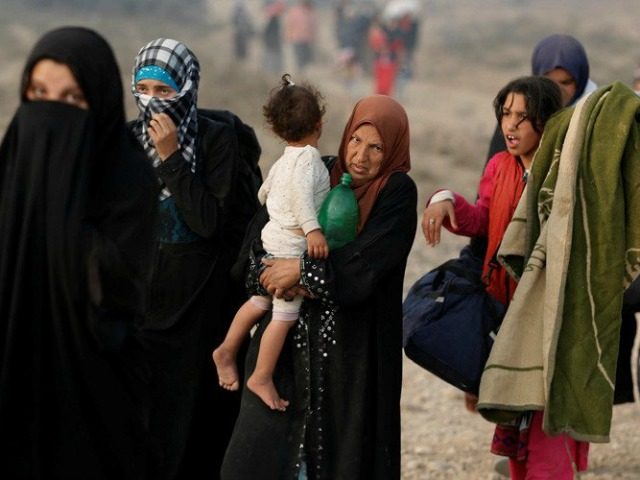 ISLAMIC STATE TAKES 25,000 CIVILIAN HUMAN SHIELDS IN KIRKUK, IRAQ
Iraq
11.11.2016
ISLAMIC STATE TAKES 25,000 CIVILIAN HUMAN SHIELDS IN KIRKUK, IRAQ
Iraq
11.11.2016
- AZERBAIJANI OFFICIAL: US ELECTION RESULT – SURPRISE FOR ARMENIA The Caucasus and Turkish-Armenian Relations 11.11.2016
- AZERBAIJAN FULLY SUPPORTS FREEDOM OF RELIGION OF CITIZENS The Caucasus and Turkish-Armenian Relations 11.11.2016
- CONCERN OVER FUTURE OF NATO AS RUSSIA ADMITS TO 'CONTACTS' WITH DONALD TRUMP'S TEAM Asia - Pacific 11.11.2016
-
25.01.2016
THE ARMENIAN QUESTION - BASIC KNOWLEDGE AND DOCUMENTATION -
12.06.2024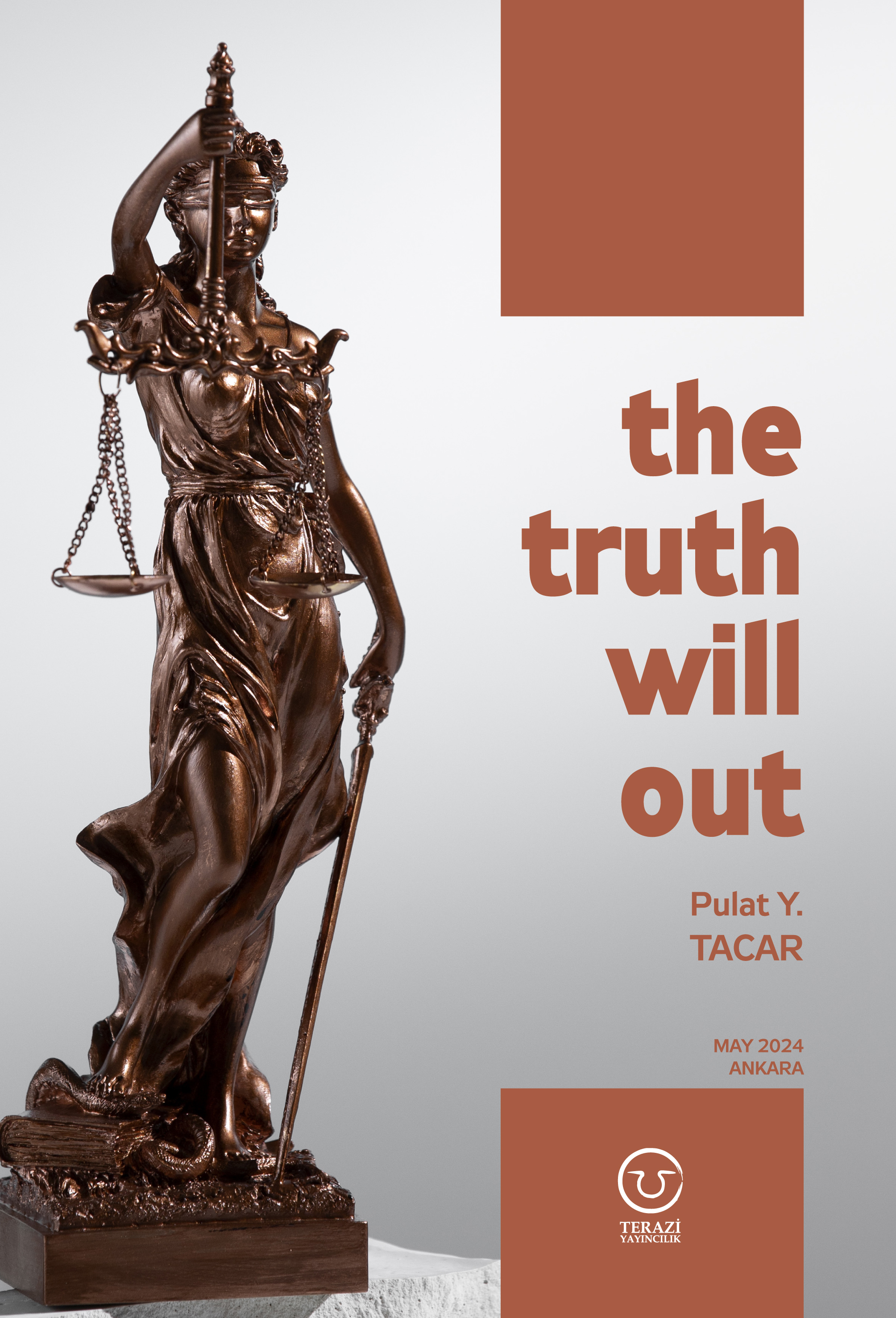
THE TRUTH WILL OUT -
27.03.2023
RADİKAL ERMENİ UNSURLARCA GERÇEKLEŞTİRİLEN MEZALİMLER VE VANDALİZM -
17.03.2023
PATRIOTISM PERVERTED -
23.02.2023
MEN ARE LIKE THAT -
03.02.2023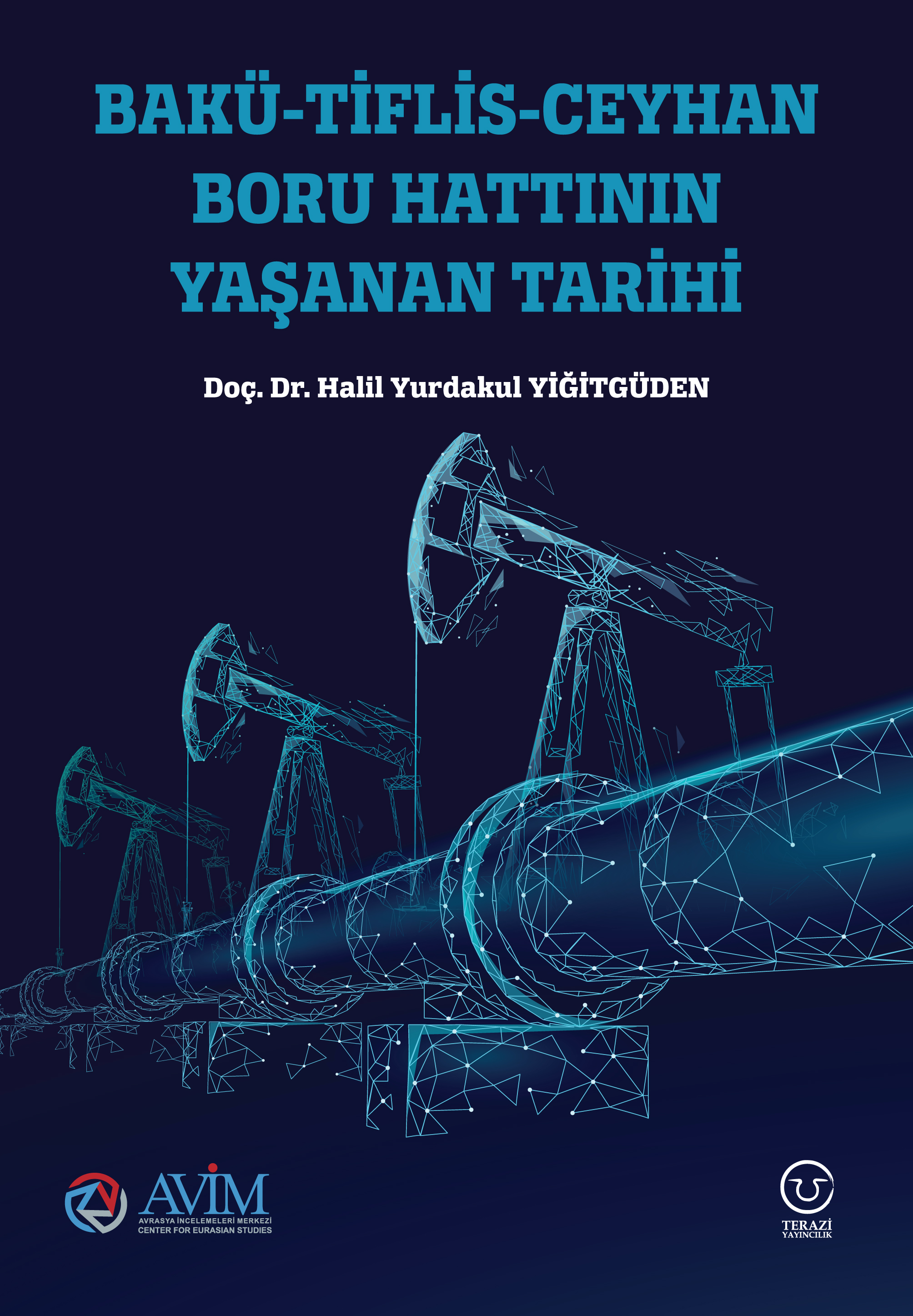
BAKÜ-TİFLİS-CEYHAN BORU HATTININ YAŞANAN TARİHİ -
16.12.2022
INTERNATIONAL SCHOLARS ON THE EVENTS OF 1915 -
07.12.2022
FAKE PHOTOS AND THE ARMENIAN PROPAGANDA -
07.12.2022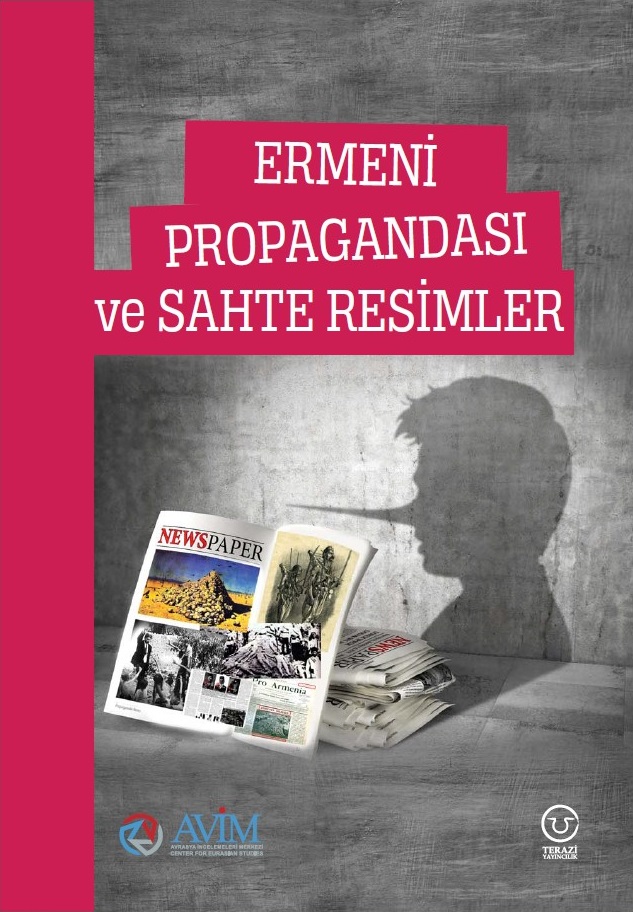
ERMENİ PROPAGANDASI VE SAHTE RESİMLER -
01.01.2022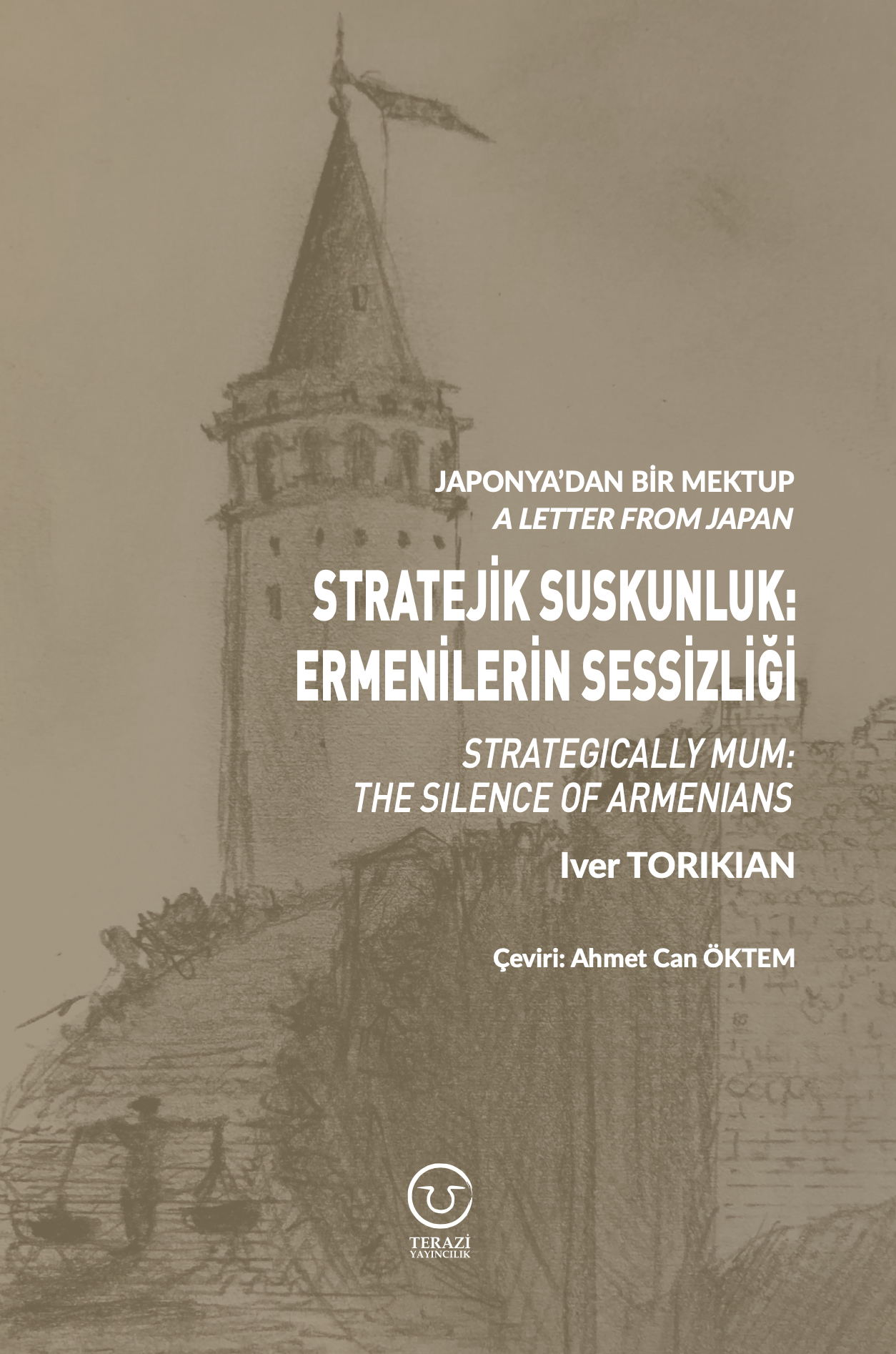
A Letter From Japan - Strategically Mum: The Silence of the Armenians -
01.01.2022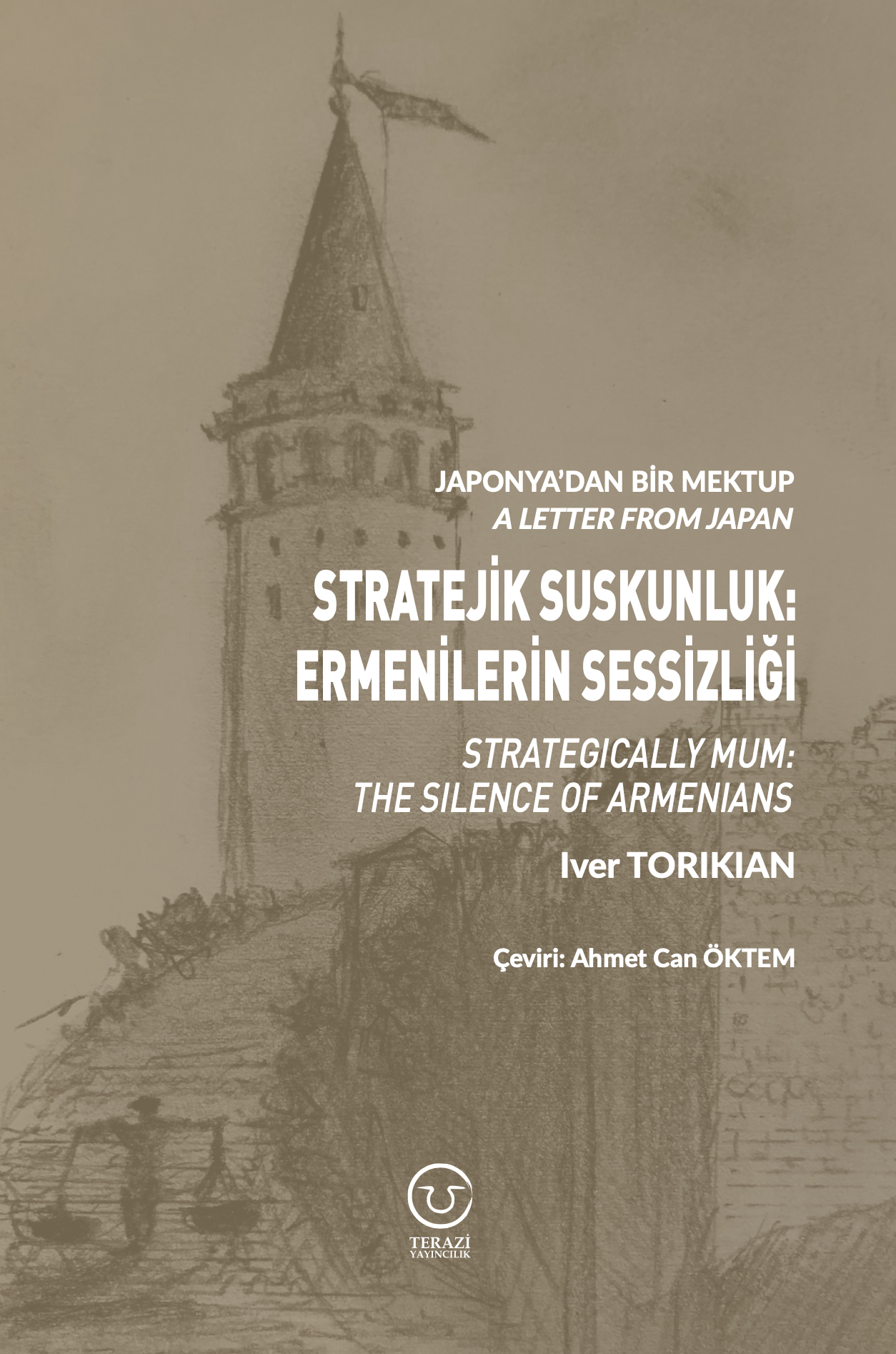
Japonya'dan Bir Mektup - Stratejik Suskunluk: Ermenilerin Sessizliği -
03.06.2020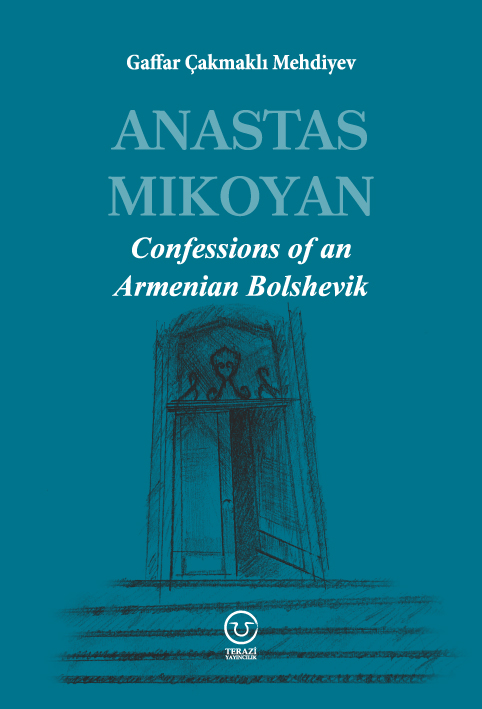
Anastas Mikoyan: Confessions of an Armenian Bolshevik -
08.04.2020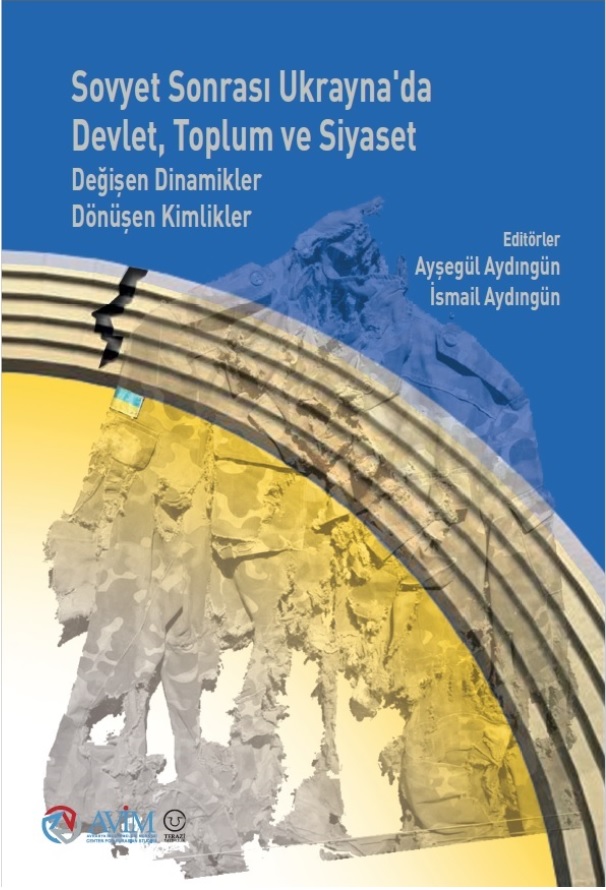
Sovyet Sonrası Ukrayna’da Devlet, Toplum ve Siyaset - Değişen Dinamikler, Dönüşen Kimlikler -
12.06.2018
Ermeni Sorunuyla İlgili İngiliz Belgeleri (1912-1923) - British Documents on Armenian Question (1912-1923) -
02.12.2016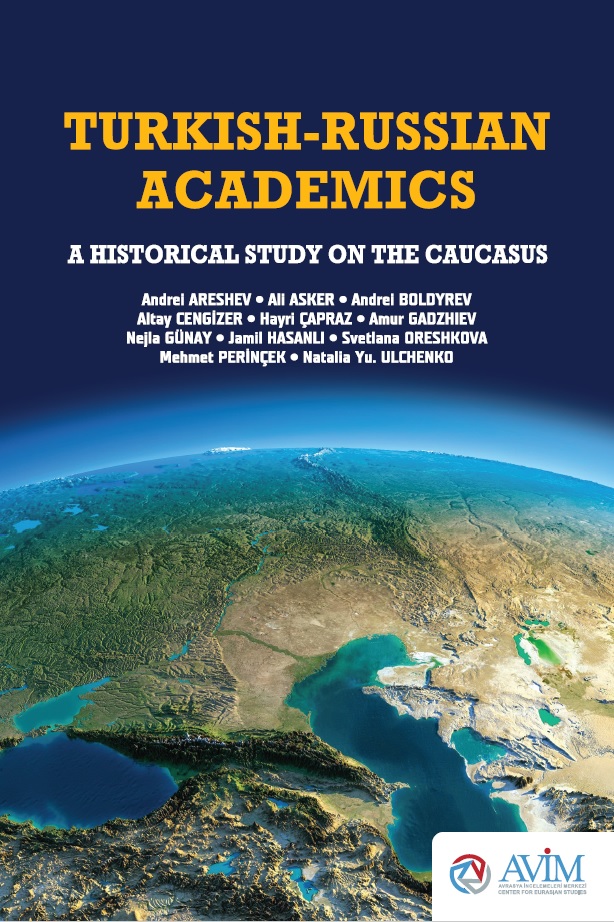
Turkish-Russian Academics: A Historical Study on the Caucasus -
01.07.2016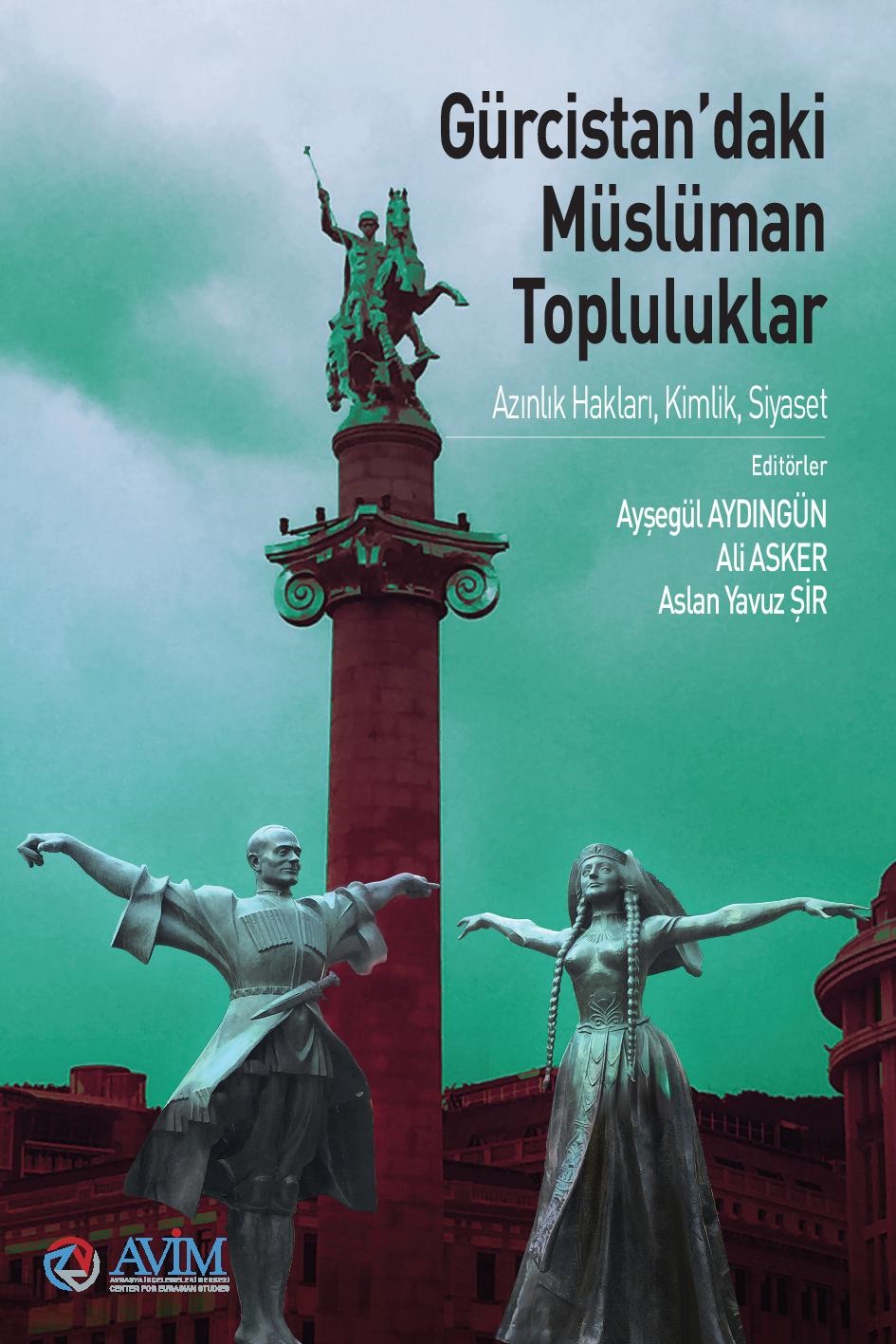
Gürcistan'daki Müslüman Topluluklar: Azınlık Hakları, Kimlik, Siyaset -
10.03.2016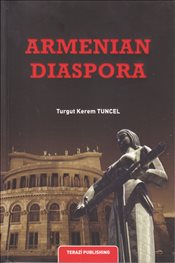
Armenian Diaspora: Diaspora, State and the Imagination of the Republic of Armenia -
24.01.2016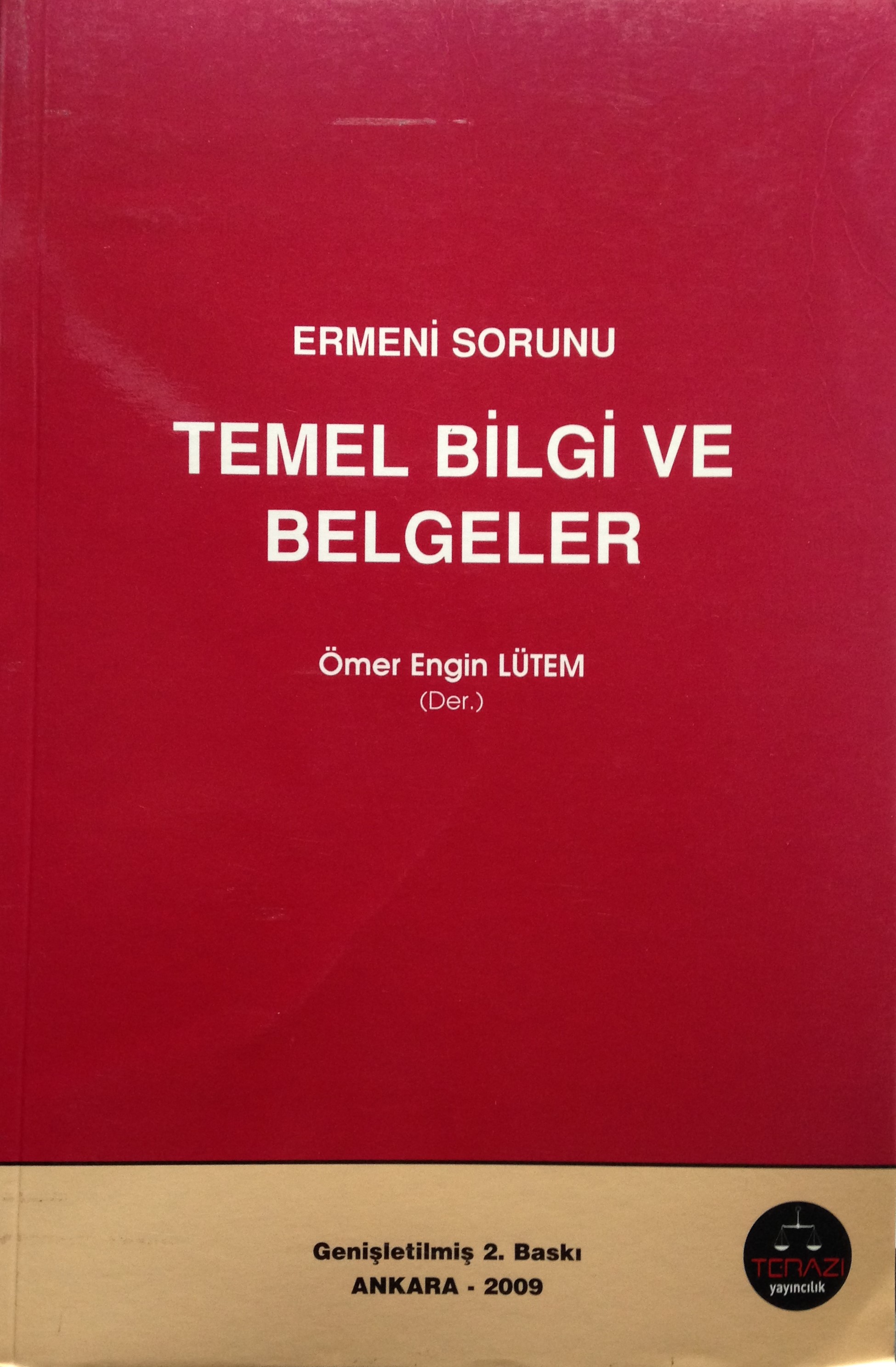
ERMENİ SORUNU - TEMEL BİLGİ VE BELGELER (2. BASKI)
-
AVİM Conference Hall 24.01.2023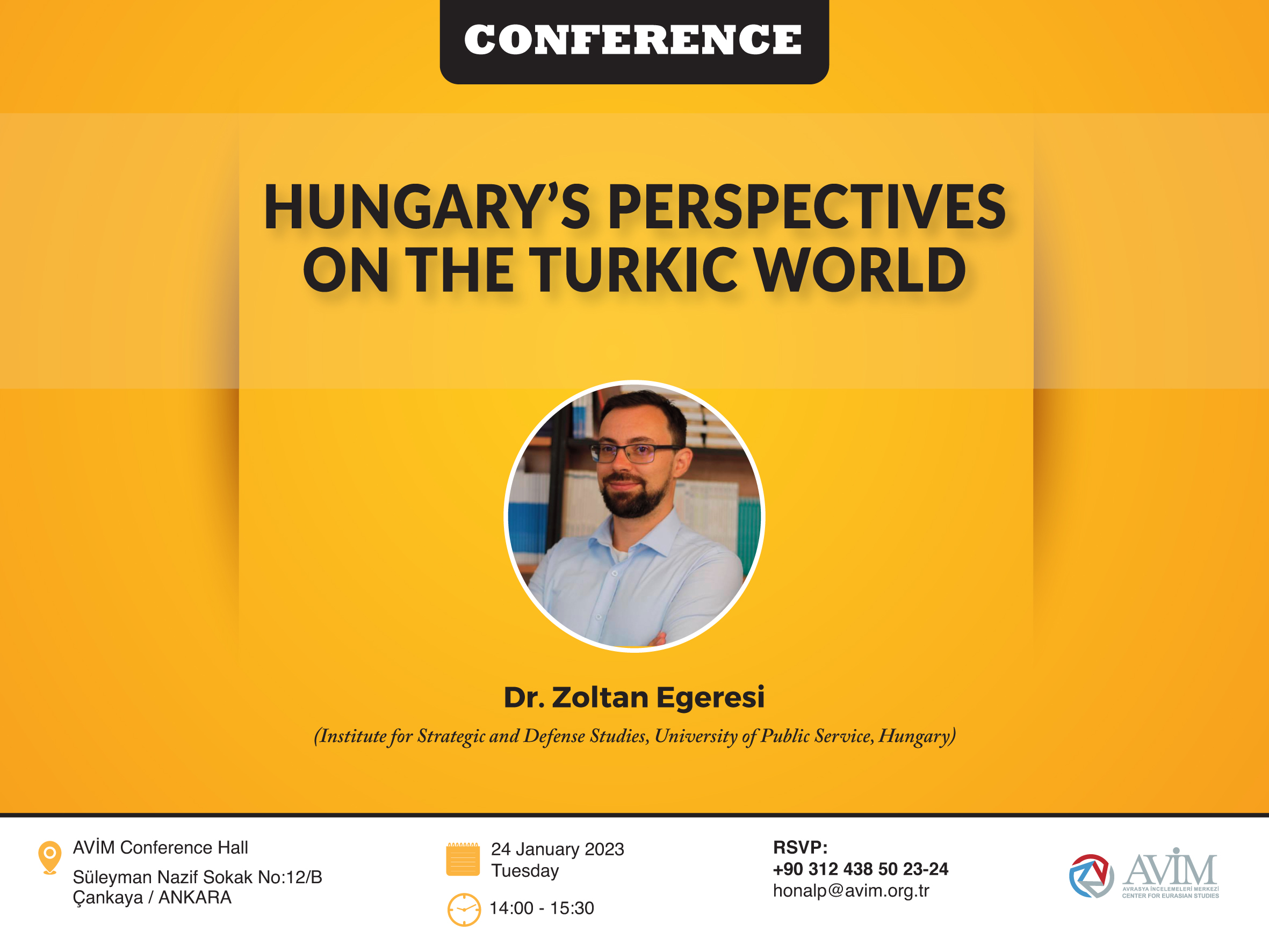
CONFERENCE TITLED “HUNGARY’S PERSPECTIVES ON THE TURKIC WORLD"


